This post may contain affiliate links. Please read our disclosure policy.
You will be blown away by how soft and fluffy this vegan white sandwich bread is. It’s a basic recipe with only 6 ingredients, but be ready to be impressed!
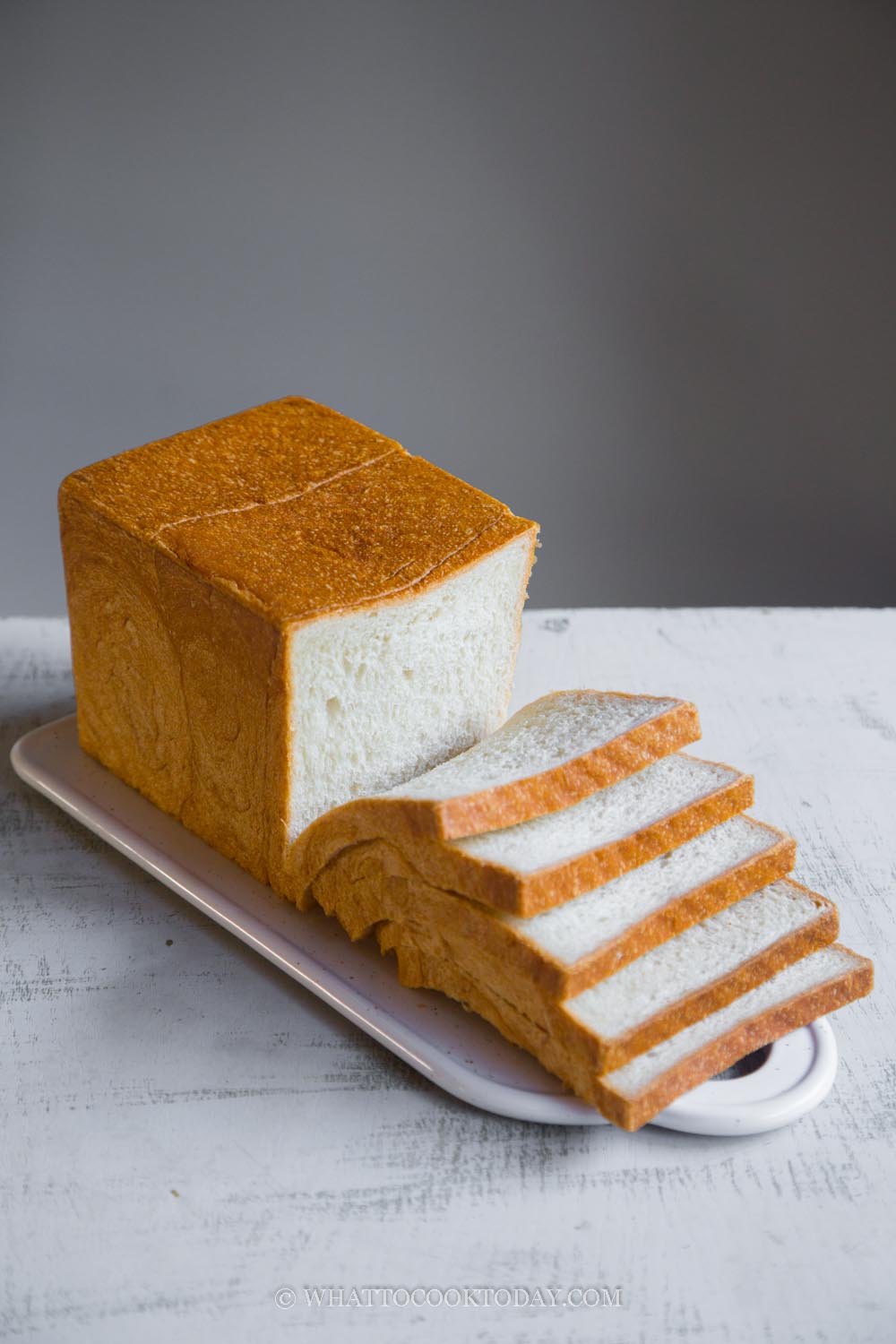
Why we love this white sandwich bread!
I love making tangzhong bread and also bread using preferments such as biga and poolish. They yield bread that is so soft and fluffy. The preferments yield bread with an amazing flavor.
This super-soft white bread has also made it to my list of favorite bread to make. I have made it several times for my family and they love it every time. Here’s why we love it:
1. Only 6 ingredients
The ingredients are so basic and nothing fancy. You most likely have it at home
2. The result is amazing
I’m pretty blown away by the result. The bread has the softest and fluffiest crumbs yet with a lightly chewy texture and if you use Pullman tin, it has a nice thin crust
3. It stays soft for days
I kept the sliced bread in an air-tight container and put it inside a bread box and the bread crumbs stayed soft for at least 3 days! I’m impressed
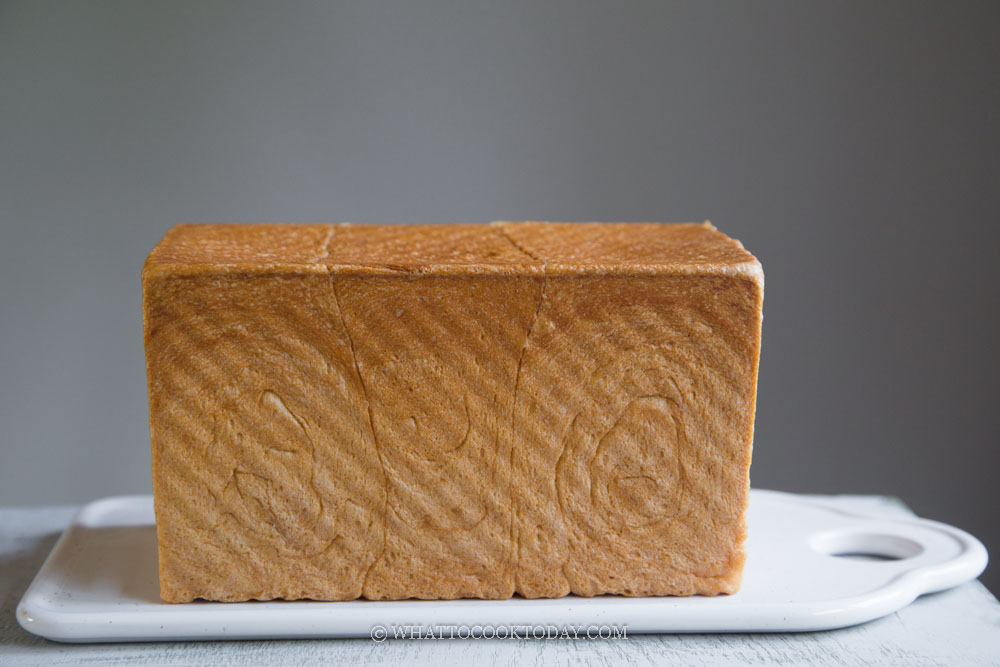
Let’s look at the ingredients
You must be wondering what makes the bread so soft and fluffy. Let’s look at the ingredients and you will see:
1. Bread flour
I use bread flour with 13% protein. Please do not substitute with all-purpose flour. The bread needs the gluten to be strong since this is a very soft and fluffy bread
2. Active dry yeast
You can also use instant yeast, you just need 25% less
3. Oil
I use neutral-tasting oil such as avocado oil. You can use any oil of your choice. Please do not reduce the amount of oil. This is one of the reasons why this bread is incredibly soft and fluffy. The oil keeps it that way. The recipe doesn’t use an excessive amount of oil either
4. Salt
Salt sure adds depth of flavor to the bread
5. Sugar
I recommend not cutting down, at least not the first time you try this recipe out. This is another reason why the bread is incredibly soft. Keep in mind that sugar also contributes to moisture and helps tenderize the crumbs
6. Non-dairy milk
Hydration is also another factor that contributes to that tender crumb. You can use dairy or non-dairy milk for a richer taste. I usually use unsweetened almond milk, oatmilk, or soy milk.
Vegan White Sandwich Bread
Ingredients
- 350 g bread flour plus more for dusting
- 5 g active dry yeast
- 30 g granulated sugar
- 5 g salt
- 60 g oil
- 200 ml water or any dairy-free milk
Instructions
- I use this Pullman loaf pan that measures 8.3x 4.8 x 4.5 inch on the exterior and the interior measures 7.5 x 4 x 4.4 inch. It's a tall loaf pan. You can also use a standard regular 8.5 x 4.5 x 2.75 inch loaf pan. For other pan size adjustment, please see the details in my post below
Prepare the dough:
- I highly recommend using a stand mixer to knead the dough for the best result. You can knead by hand too, but it's just going to take a longer time as we need to rest the dough more so you can knead the dough easier. It's a lot of elbow grease kneading a dough by hand that's for sure!
- Combine all ingredients in a mixing bowl of a stand mixer.

- I use the hook to stir them to roughly combine.

- Start mixing the mixture at the lowest speed (I use Kitchen Aid) for 1 minute then increase to speed 2 and knead for 2-3 minutes. Increase speed to 4 and knead for 4-5 minutes. The dough should be smooth, flexible, and slightly sticky to the touch (don't be tempted to add flour).

- If you gently and slowly stretch the dough, it can stretch very thin without breaking.

- Transfer the dough to an oiled bowl for 1st proofing
If kneading the dough by hands:
- If you knead by hands, combine the bread flour, yeast, sugar, and salt in a mixing bowl. Add the oil and water and use a spatula to stir to combine into a rough dough. Cover and let the dough rest for 20 minutes
- After 20 minutes, gather the edge of the dough and pull it to the center and do that 5-6 times and then transfer to a lightly floured work surface and start kneading the dough, with a motion like you are washing a cloth. The dough will be sticky but don't keep adding flour. As you knead, the dough will get lets sticky since the gluten starts to develop. Knead until the dough is smooth and elastic, it may take 10-15 minutes to reach there, or longer, depending on how your knead it. It is important that you knead the dough until it's smooth and elastic
- Once the dough is smooth and elastic, transfer to an oiled bowl for 1st proofing
1st proofing:
- Let the dough proof at a warm place for about 1 hour or until it doubles in size. Don't go by the time, but observe the dough. If you poke your finger into the dough and the indentations stays, that means the dough is done proofing

Shaping:
- I use a non-stick Pullman tin with the lid (7 1/2 x 4 x 4 1/4 inch). You can use regular loaf pan such as 8 1/2 x 4 1/2 inch. I still spray with a non-stick spray just to be sure
- Punch the dough down to release air and transfer the dough to a lightly floured surface, smooth side facing down. You can also divide the dough into 2 or 3. Lightly dust the rolling pin with some flour and start rolling out the dough (work with one dough at a time if you divide into 2 or 3), into a rectangle, push out any air bubbles in the process of rolling

- Then start rolling the dough down and tuck it in as you roll to form a tight roll.


- You will get a log.

- Transfer this into a loaf pan and slightly push the dough down to fit the pan

- If you divide into 2 or, arrange each log inside the pan, side by side
2nd proofing:
- Cover the pan with a cling wrap so you can see how far it has proofed. Let it proof at a warm place until it reaches about 2 inches below the top rim. This may take somewhere from 45 minutes to 1 hour, depending on the temperature. I will start checking at around 30 minutes.

- Once the dough is about 1 inch below the top rim, cover with a lid if you are using a Pullman tin

Baking:
- 10 minutes before the end of proofing time, preheat oven to 375 F /190 C
- If you are using Pullman pan with the lid, bake for 30-35 minutes. If you bake in a regular loaf pan, bake for 25-30 minutes or until the top crust is golden brown
Check for doneness:
- If using Pullman tin, slide the lid open. The internal temperature of the bread has to be at least 190 F (87 C) if you measure it with a digital thermometer. You can also use a skewer and poke it into the middle of the bread. It should come out clean with just a few moist crumbs. If it has lots of damp crumb and/or uncooked dough, it needs more oven time. Try to bake another 5 minutes and check again
- You can also check by tapping the bottom of the bread. It should sound hollow. But I don't recommend doing this if you bake with a Pullman tin because the bread will collapse if you get the bread out of the tin and it happens to be underbaked. I recommend using a skewer/toothpick test or digital thermometer to check

Cool down:
- Unmold the bread immediately onto a wire rack to let it cool down completely before slicing, about 2-3 hours or so. If you bake without the lid and want a softer crust, you can brush the crust with some melted butter
RECOMMEDED TOOLS
*Nutrition facts are just estimates and calculated using online tools*
How to adjust the recipe for different pan sizes
If this is your first time making this recipe with Pullman loaf pan, I suggest baking without the lid first to figure out how the dough fills the pan after baking. The type of flour you use and hydration affect how much the dough rises too.
1. For 8.5 x 4.5 x 2.6 inches loaf pan, follow the recipe as is, but loaf will be shorter and wider
2. For 9 x 5 x 2.75 inches loaf pan, you can 1.1 x the recipe
3. For small Pullman loaf pan 9 x 4 x 4 inches loaf pan from USA Pan, you can 1.2 x the recipe
4. For large Pullman loaf pan 13 x 4 x 4 inches loaf pan from USA Pan, you can 1.6 x the recipe
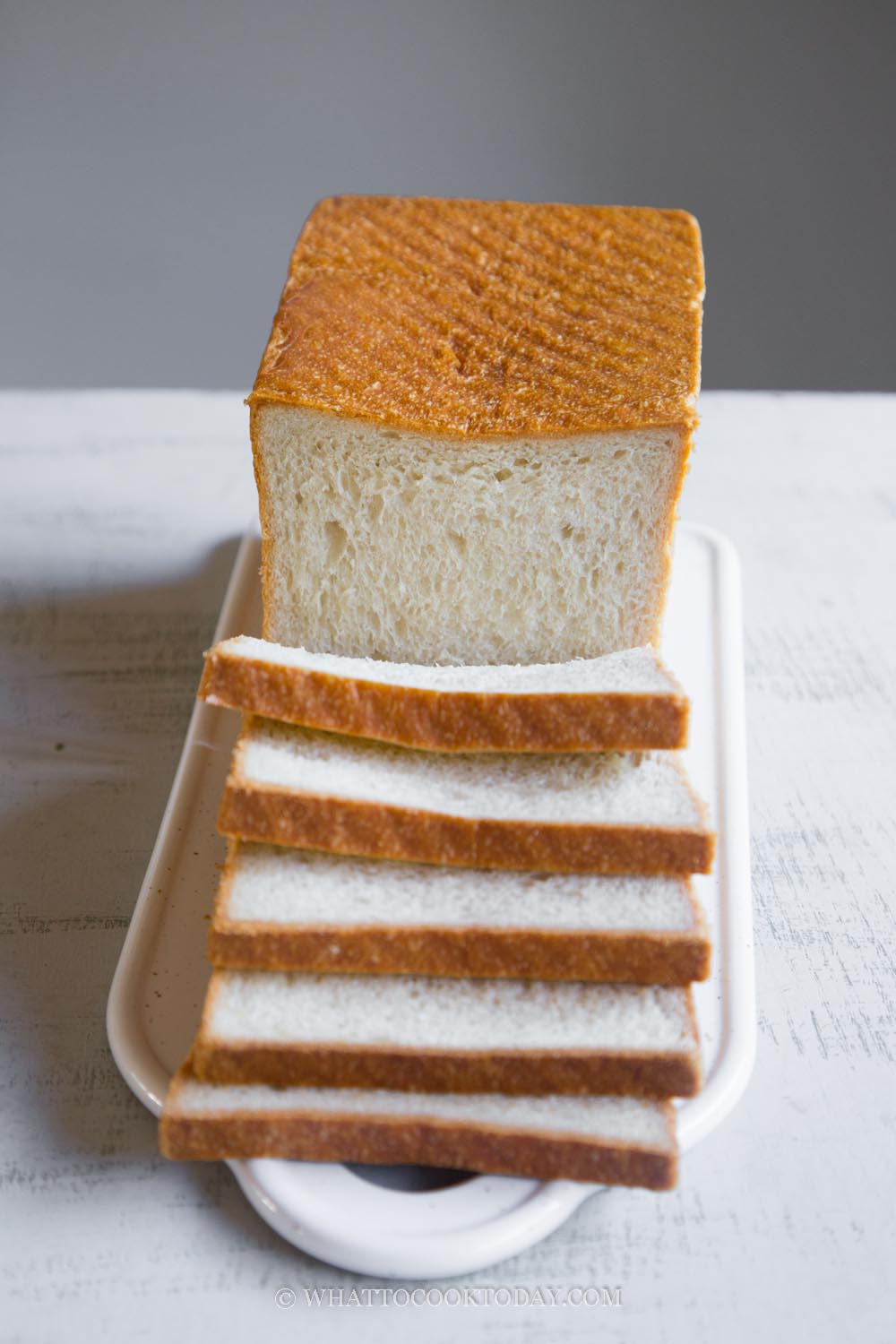
When I sliced into this bread, oh my…I’m honestly surprised by how soft and fluffy the crumb is. The kids even like the taste of the plain bread on its own. It has that hint of sweetness that the kids like I supposed. My kids kept saying “The bread is so soft mama”.
How to store bread
1. Let the bread cool down completely
2. If the bread loaf is unsliced, store them in a plastic bag or foil, push all the air out and it can be kept at room temperature for a day or two. You can also use a cling wrap to wrap it up
3. If you plan to slice the bread, slice in the middle of the loaf, instead of the end of the loaf (which I usually did). This is a great tip that I learned from here. Then just slice whatever you need and you can put the two smaller loaves, the cut-end together again, minimizing any loss of moisture that way. Keep them in a plastic bag or wrap them in a cling wrap or use a foil and they can be kept at room temperature
4. If you plan to store them for longer days, it’s better to freeze them. I would cut them into slices and then portion out, about 4-6 slices each portion and wrap each portion in plastic bag. Then put all these in a freezer bag and put them in the freezer. You can simply remove the portion you need and let them sit at room temperature and they will be as good as new.
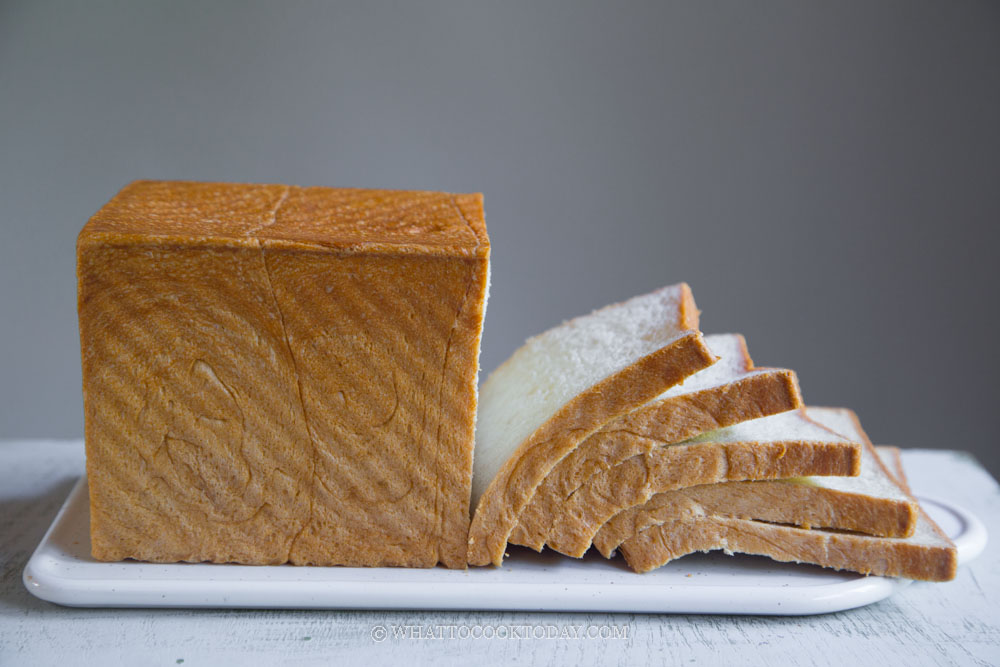
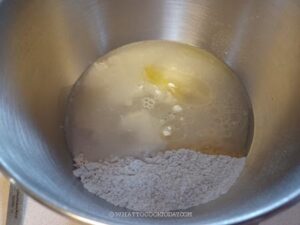
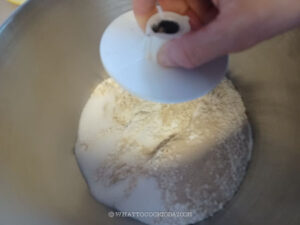
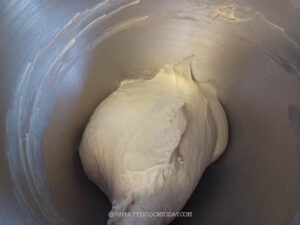
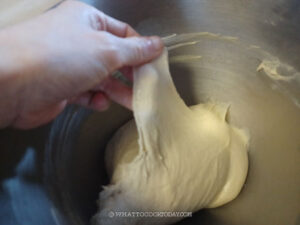
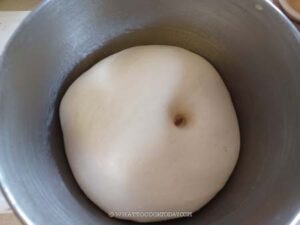
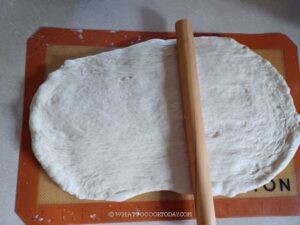
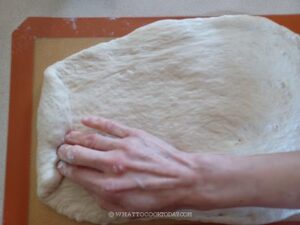
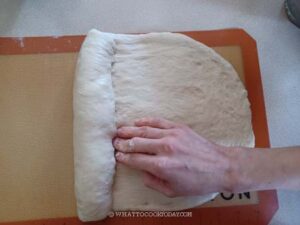
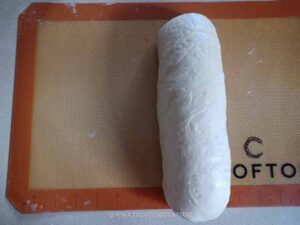
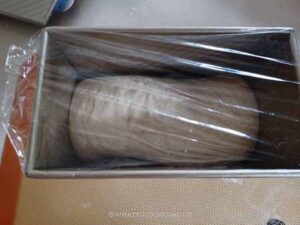
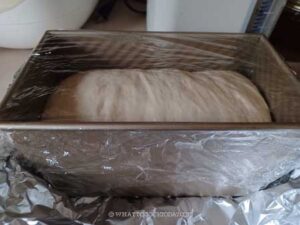
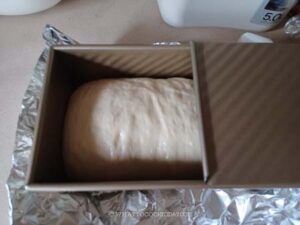
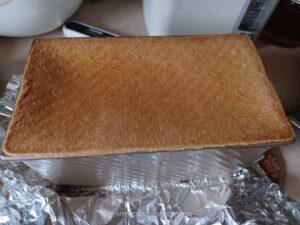

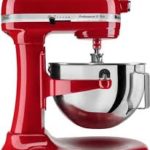


11 comments
Can I substitute the sugar in this recipe for honey?
Sure, it should work just fine!